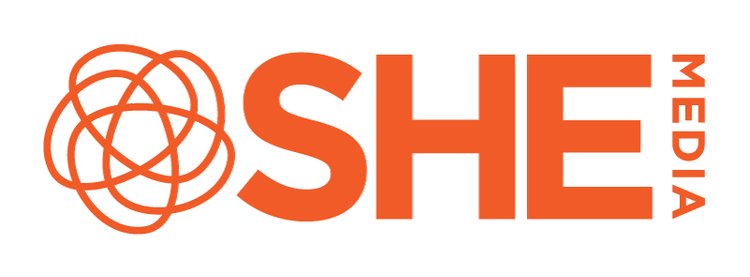Best Practices for Mobile Ad Placement
Article updated on May 19, 2020
If you’re paying attention to your mobile traffic, you likely already have a site design that provides a site layout for mobile readers that is different from your desktop layout. Your ad strategy for mobile also needs to be considered separately from your desktop ad strategy.
Most sites have a single-column mobile layout to make it easy for visitors to read the text without zooming in. If you have a separate mobile theme, your sidebar is probably removed entirely, and with it all of your sidebar ads.
If you have a mobile responsive layout, your sidebar/siderail is moved under your article column to create the single-column layout. While your sidebar ads are still loading in the sidebar, it’s extremely rare for a mobile visitor to scroll down beyond the article and comments to view the sidebar. This results in poor viewability scores for your ads, which can impact your revenue.
Here are a few ideas to create a high performing mobile ad layout to earn the most for your mobile pageviews.
Remove the sidebar ads
If you have a mobile responsive layout, your first task should be to block your sidebar ads from loading in the sidebar on mobile. Only a small percentage of readers will see these ads, giving them little value and adding unnecessary loading time.
For WordPress users, see our guide on how to remove your sidebar ad widgets from mobile pageviews.
For Blogger/Blogspot users, this guide walks you through how to hide a widget for mobile.
Consider an adhesion ad
A mobile adhesion ad unit is an ad that sticks to the top or bottom of the browser window. These ads are usually 320×50 or slightly larger in size, and should not cover more than 30% of the screen, per industry standards.
The adhesion ad remains in a fixed position on the screen as the reader scrolls down. These ads generally earn well due to the high viewability of remaining on the screen unless closed by the reader.
Adjust your wide banner ads
A 728×90 or 970×250 banner ad looks great on desktop, but on many mobile screens it’s cut off to show only a portion of the ad. Cut-off ads impact the viewability of the ad unit and can hurt your revenue.
The solution for this is to use a responsive ad in that space, so that a large banner on desktop will display as a 320×50 or 300×250 ad on mobile. If you don’t have responsive ad units, you can also hide the ad entirely for mobile pageviews, or hide the ad and include a smaller ad that is set to only appear on mobile. SHE Media Partner Network members can have these set up automatically by our team.
Insert ads within your content
Placing ads within your content isn’t always a popular idea among publishers, but on mobile, it can be essential for making sure your mobile pageviews are earning well for you. For those more hesitant to use in-article ads, one or two ads in the content is a good way to start, with the ads configured to load only for mobile pageviews.
Typical ad sizes to use in-article are 300×250 ads and 320×50 mobile banners. Native ads can also be an excellent choice for in-article ads that don’t look like traditional display ads.
It’s preferable (and time saving!) to have in-article ads automatically inserted across the site, rather than manually insert the ad tags with each article you publish. SHE Media Partner Network members can have these set up automatically by our team. If your ad provider doesn’t offer this service, those using WordPress can install an ad manager plugin, like Ad Inserter or another similar plugin, to set up in-article ads. Ad Inserter offers numerous options to customize how and where an ad appears on the site, and is frequently used for in-article ads.
When planning ads within your content, it’s a good idea not to place them too close together. Your content should be the majority of the page, not your ads. A minimum of 5-8 paragraphs is recommended for most publishers, depending on your typical article and paragraph length.
Still not sure if you’ve got the right mobile ad strategy? We’re happy to provide advice and guidance to our network members! Please contact us at support@shemedia.com with your questions or requests for help.
